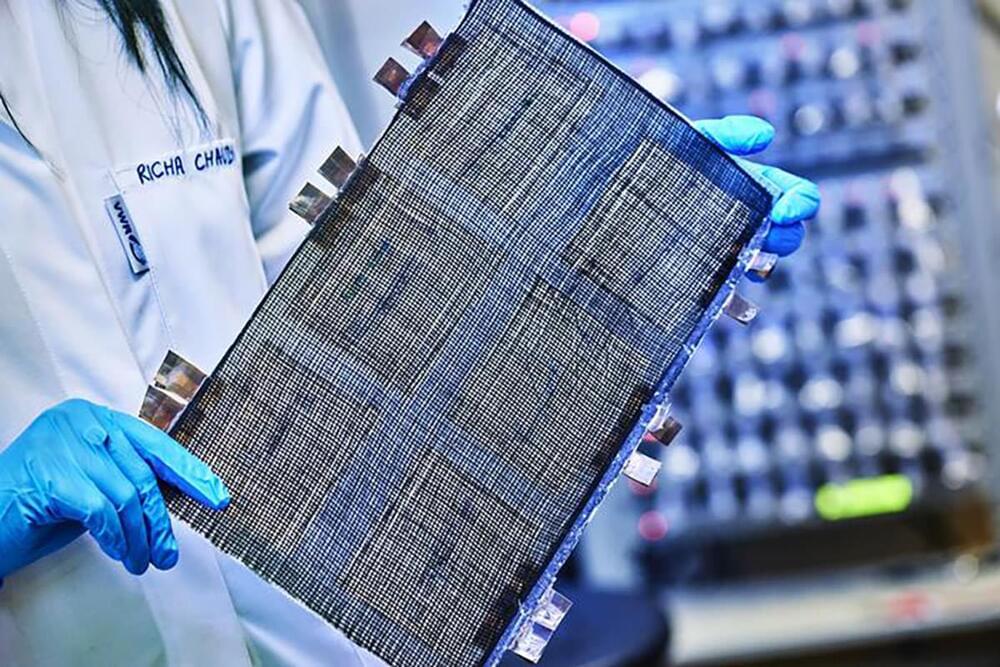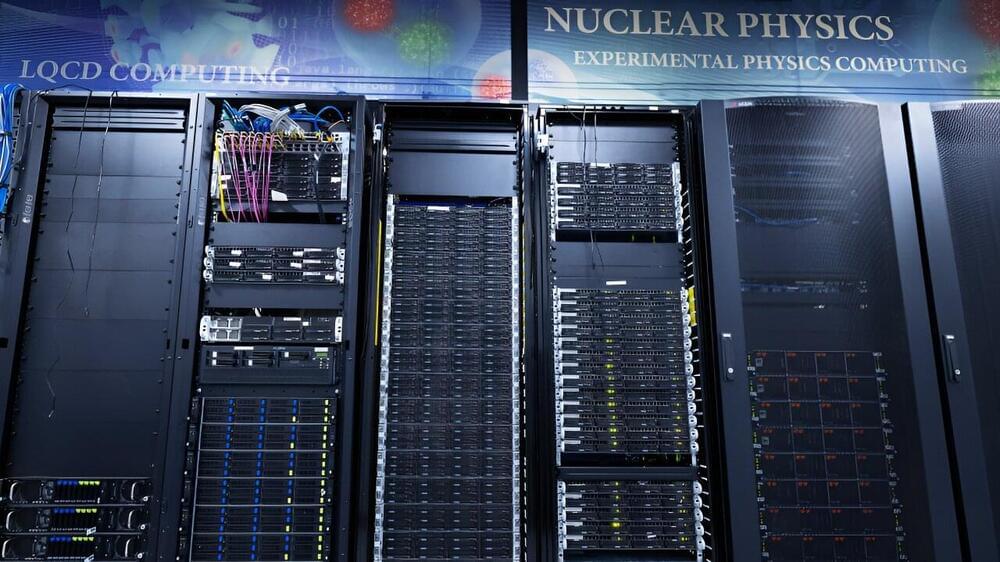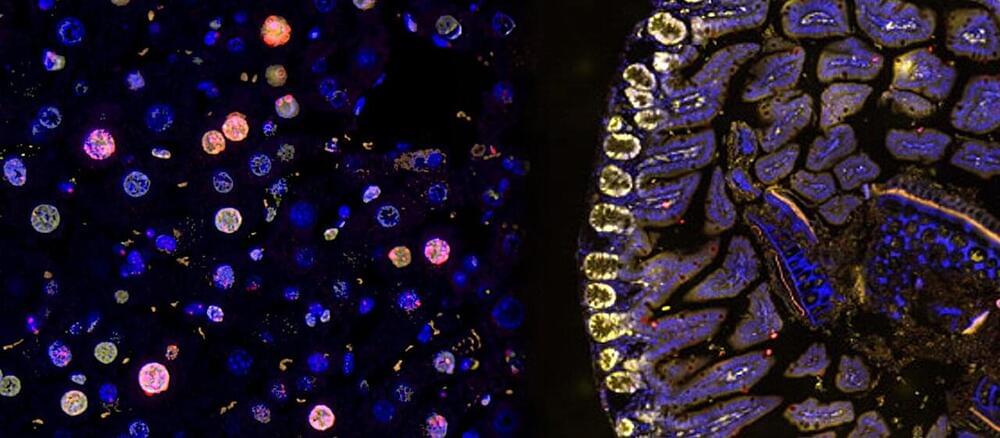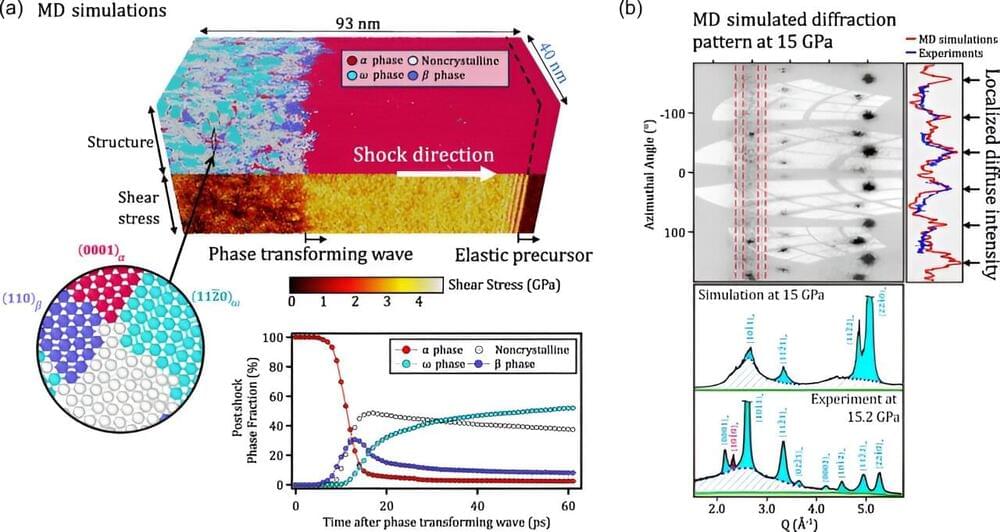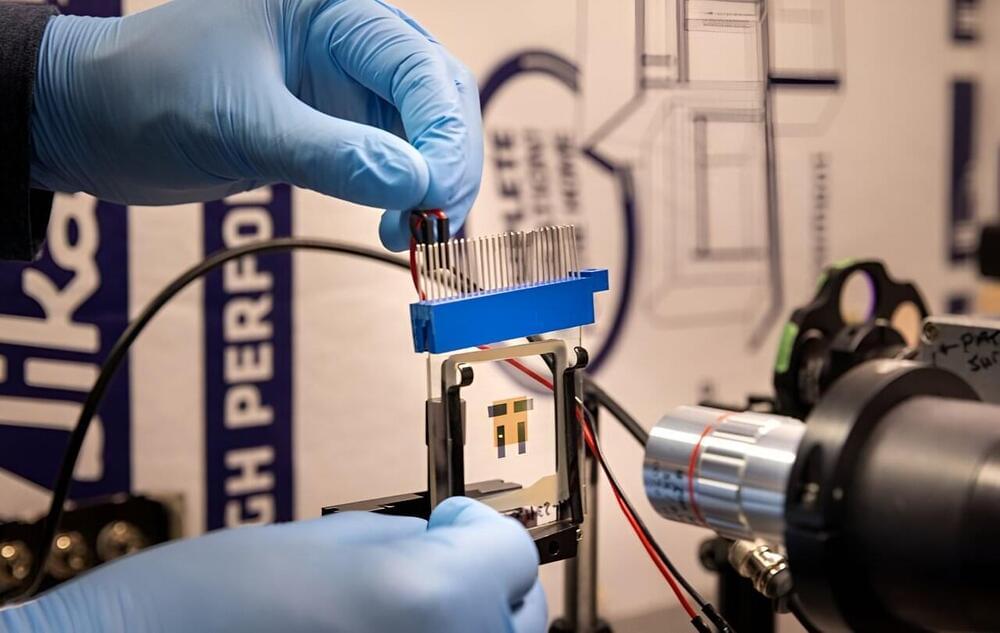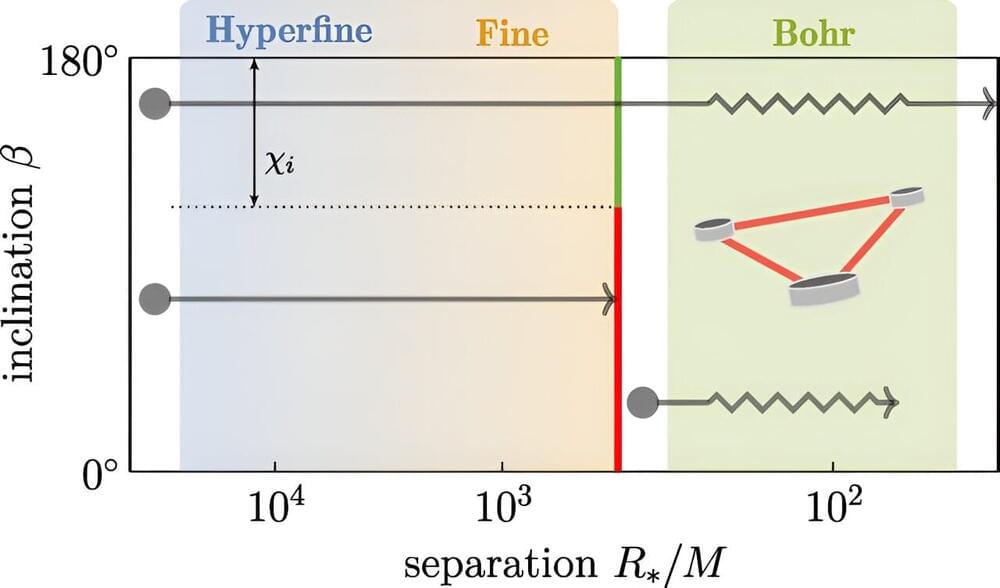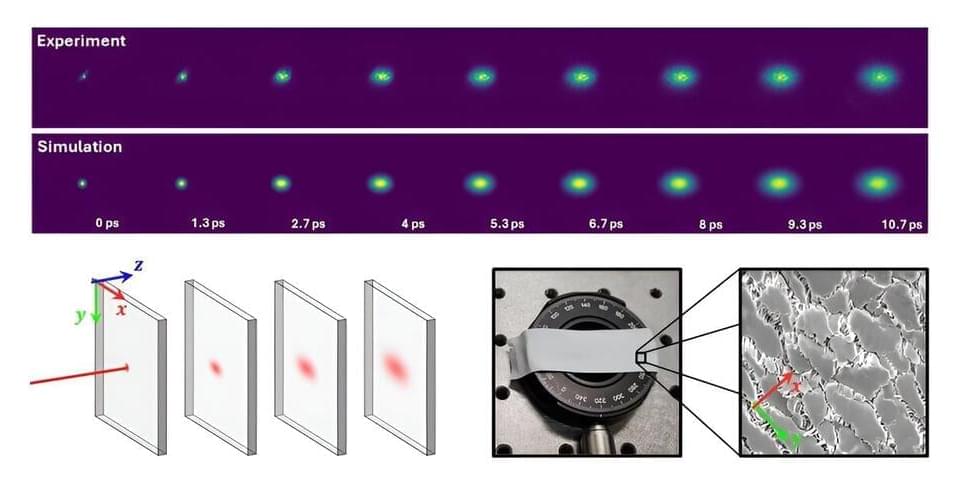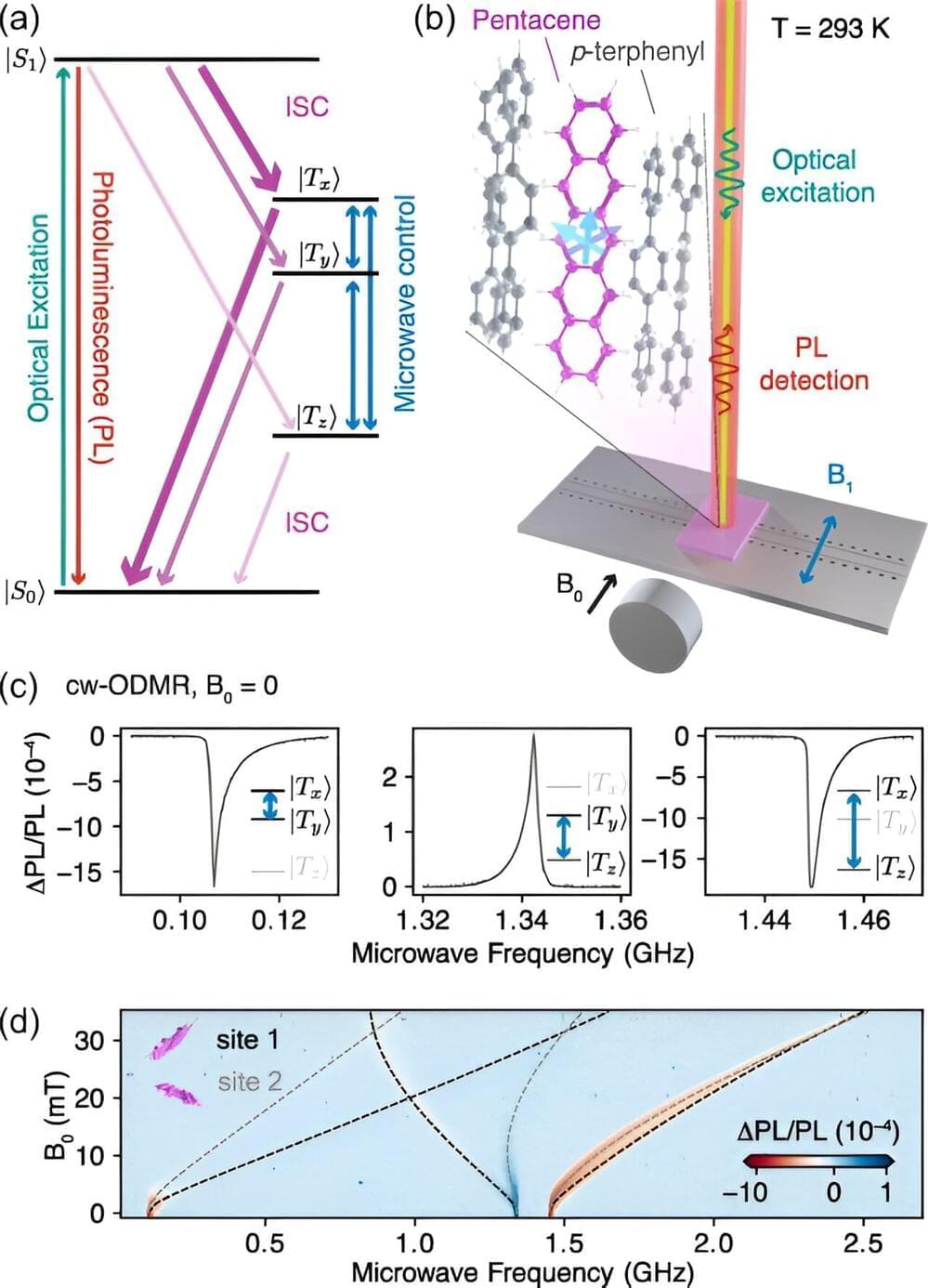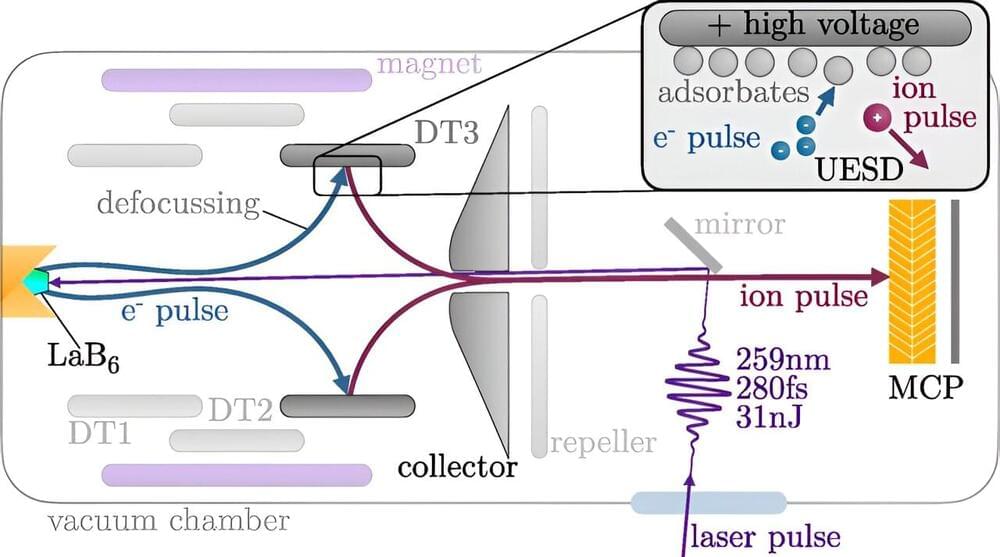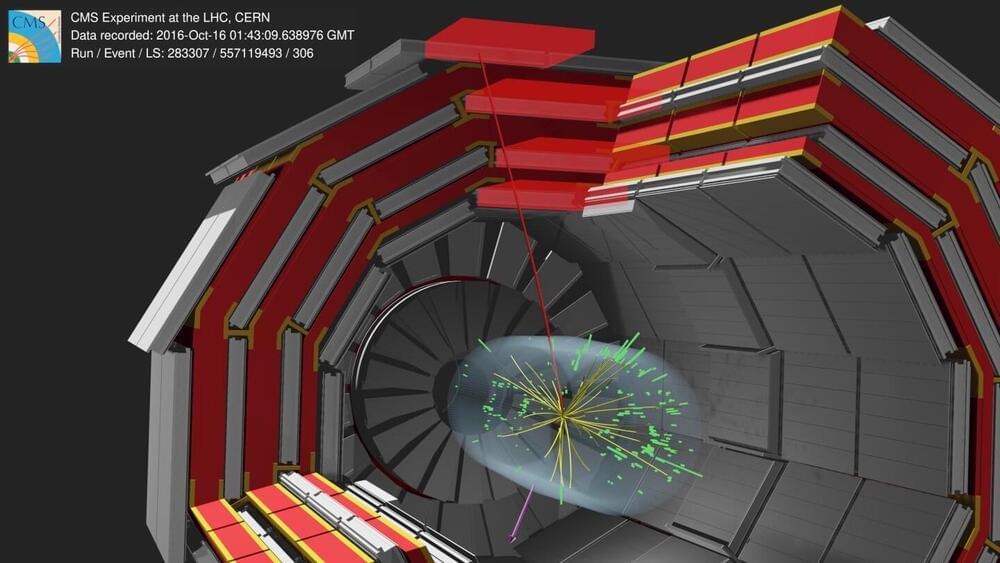Sep 18, 2024
‘Massless’ battery promises a 70% increase in EV range
Posted by Shailesh Prasad in categories: computing, mobile phones, transportation
Researchers say they’ve built and tested a ‘structural battery’ that packs a device or EV’s chassis with energy, saving a ton of weight. It could unlock smartphones as thin as credit cards, laptops at half the weight and a 70% boost to EV range.
EVs rely heavily – pun intended – on large lithium-ion batteries to cover long distances. Researchers at Chalmers University of Technology wondered if they could build a battery that doubles as the load-bearing material holding the car together, and shed some weight.
As part of their work on what they call ‘massless energy storage,’ the research team in Sweden has developed a battery made of a carbon fiber composite. It promises similar stiffness to aluminum, while also being capable of storing a fair bit of energy – enough to be used commercially.
